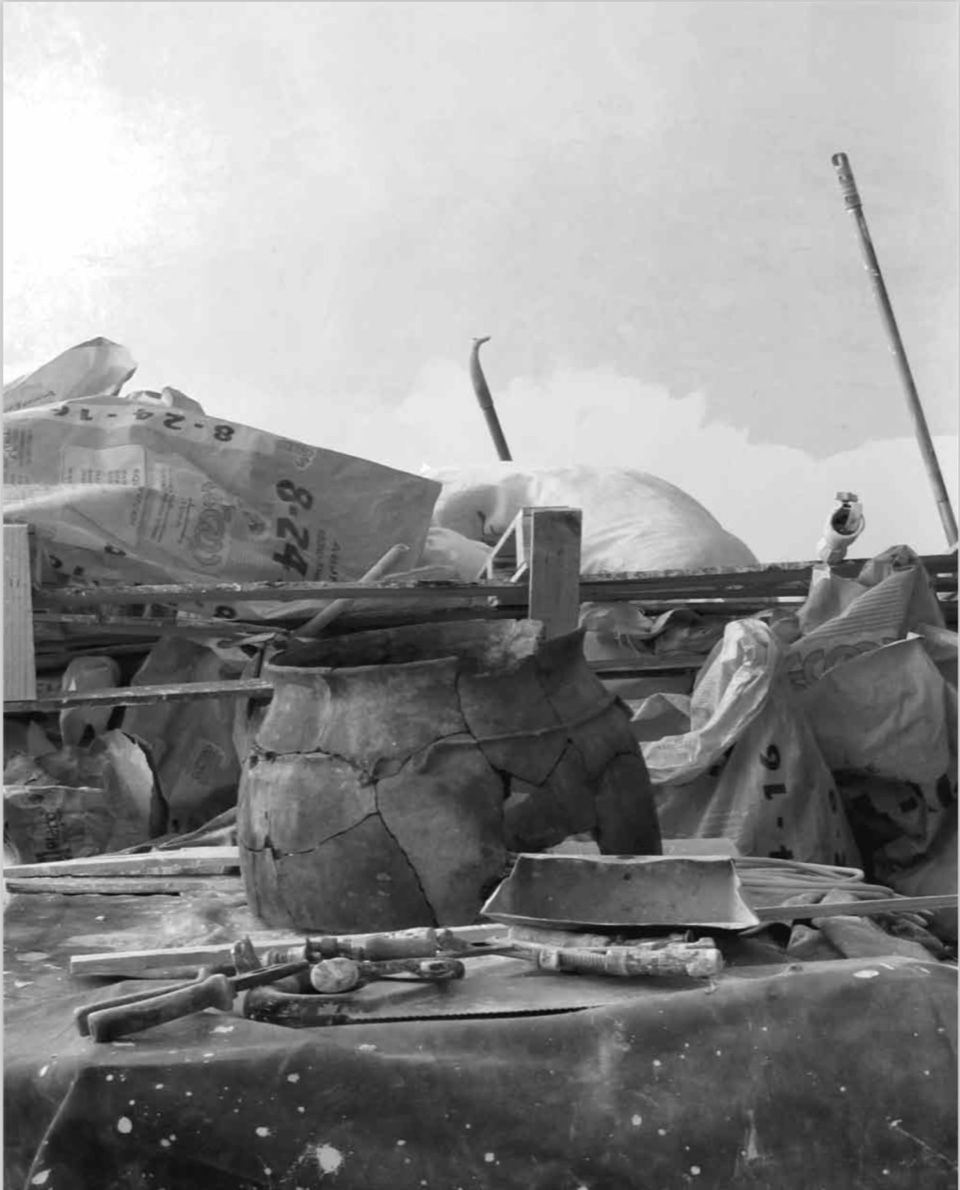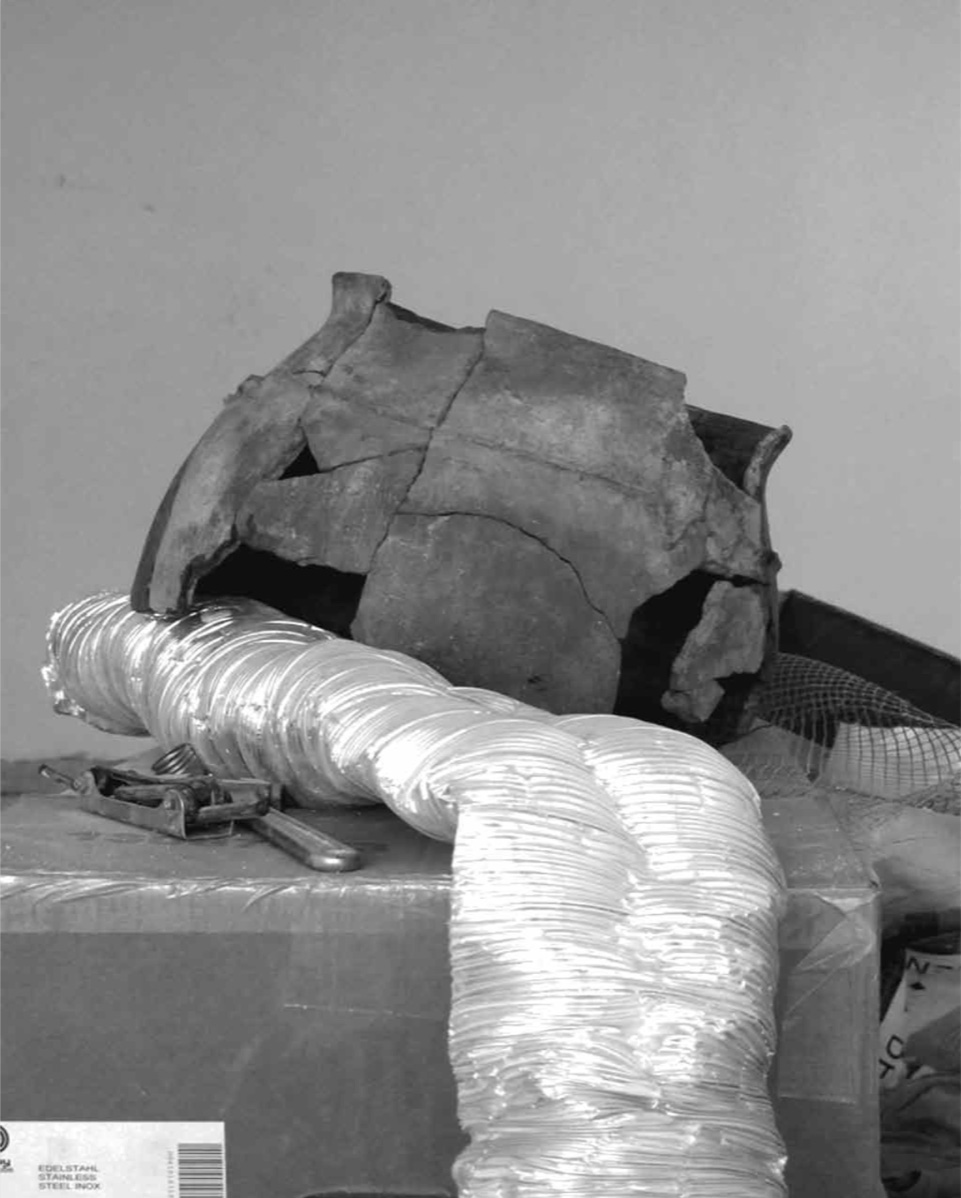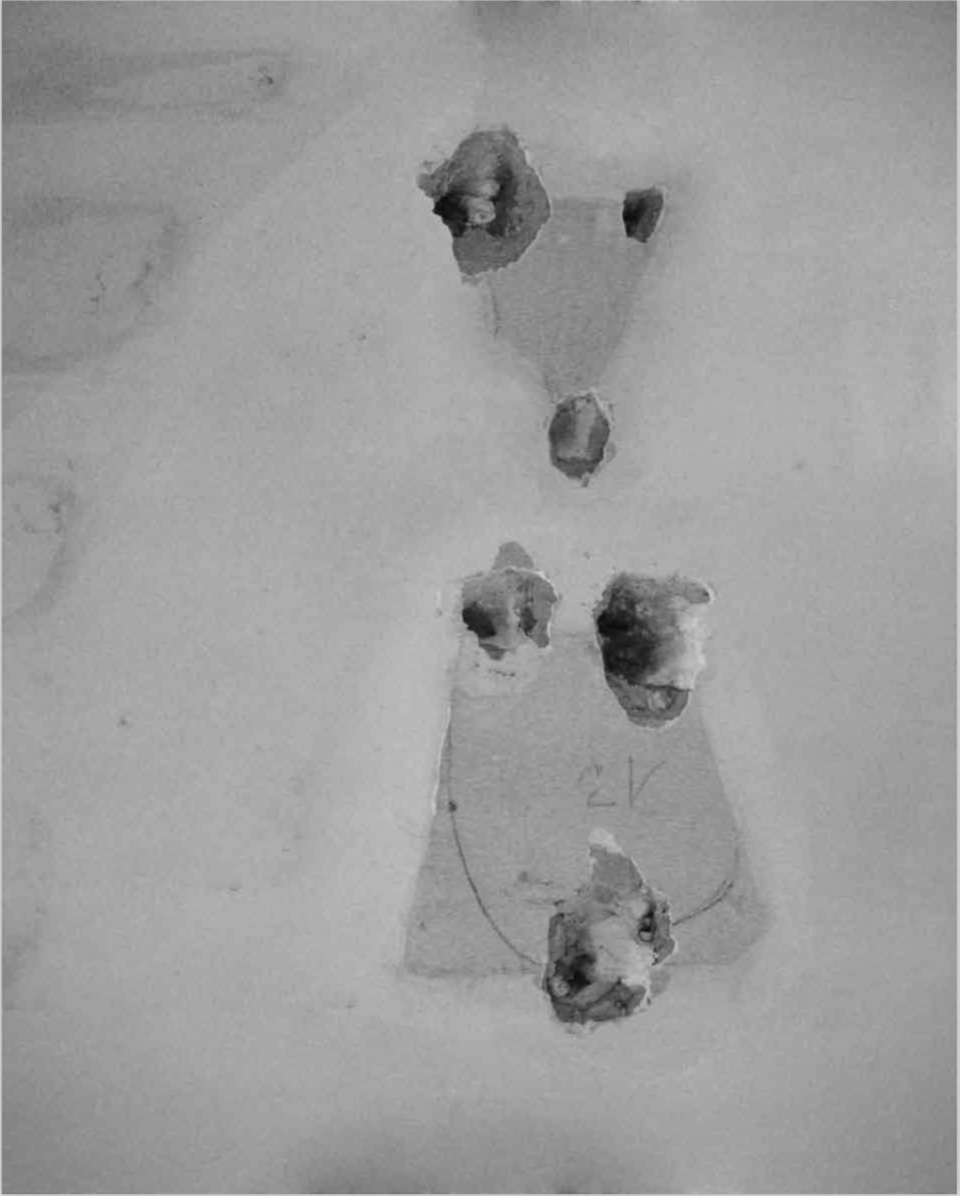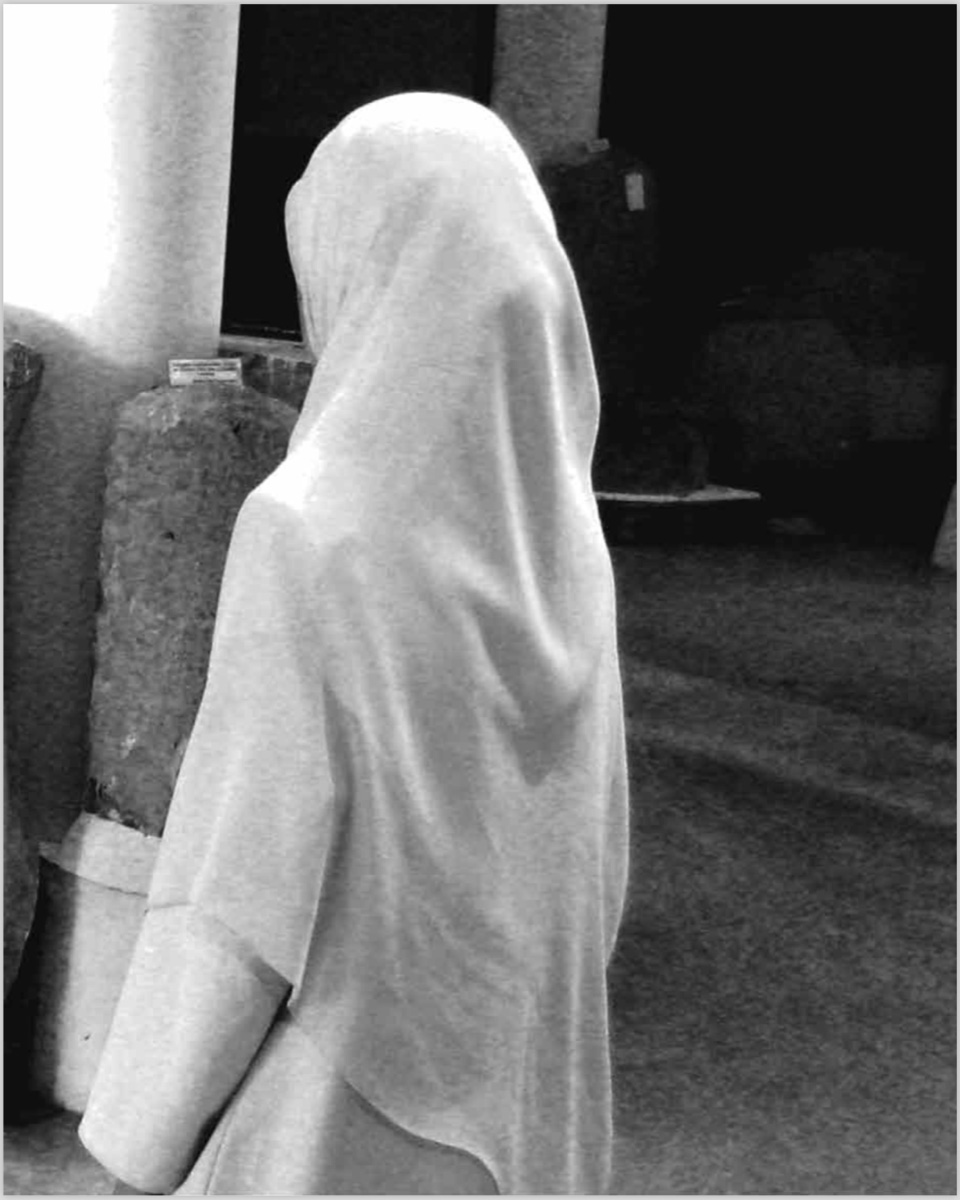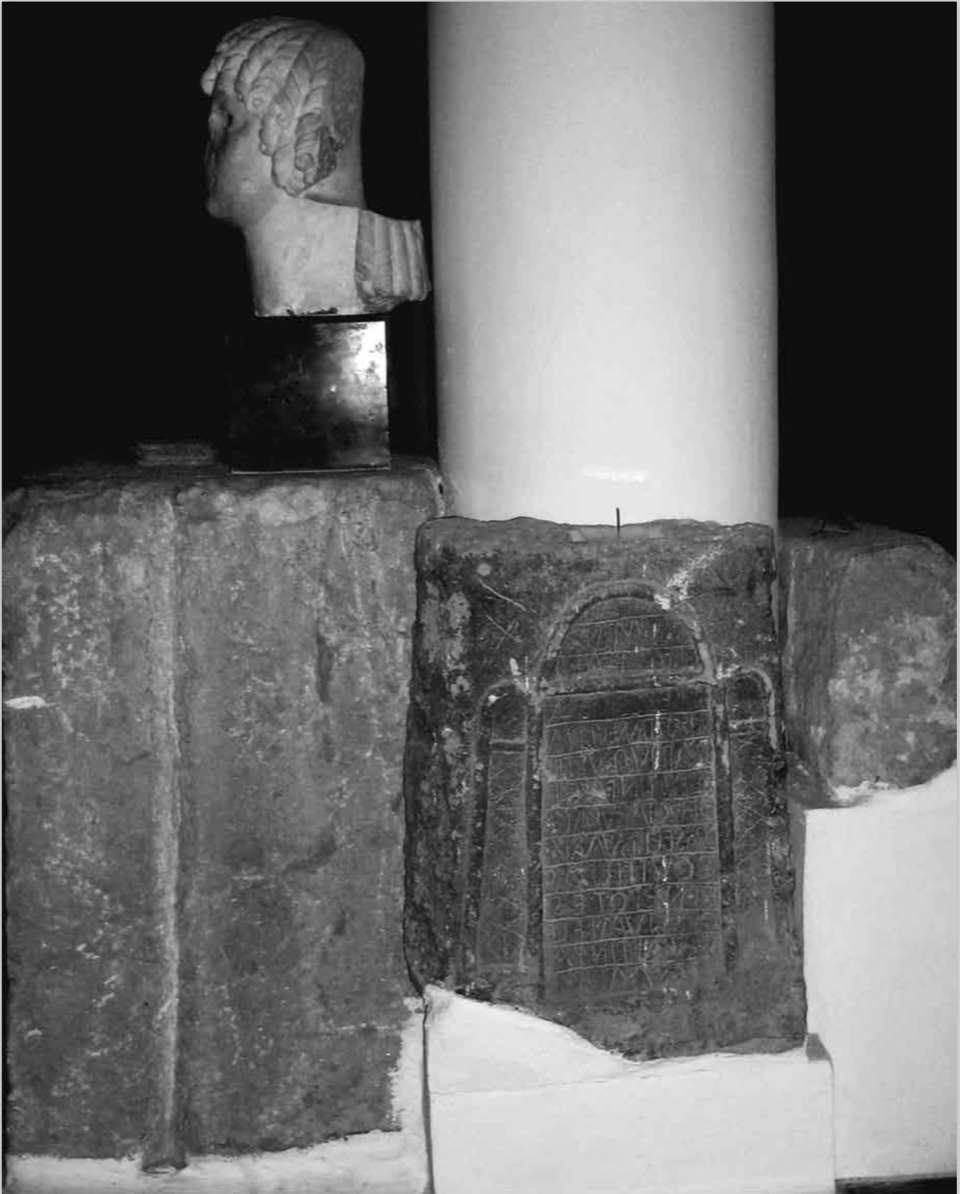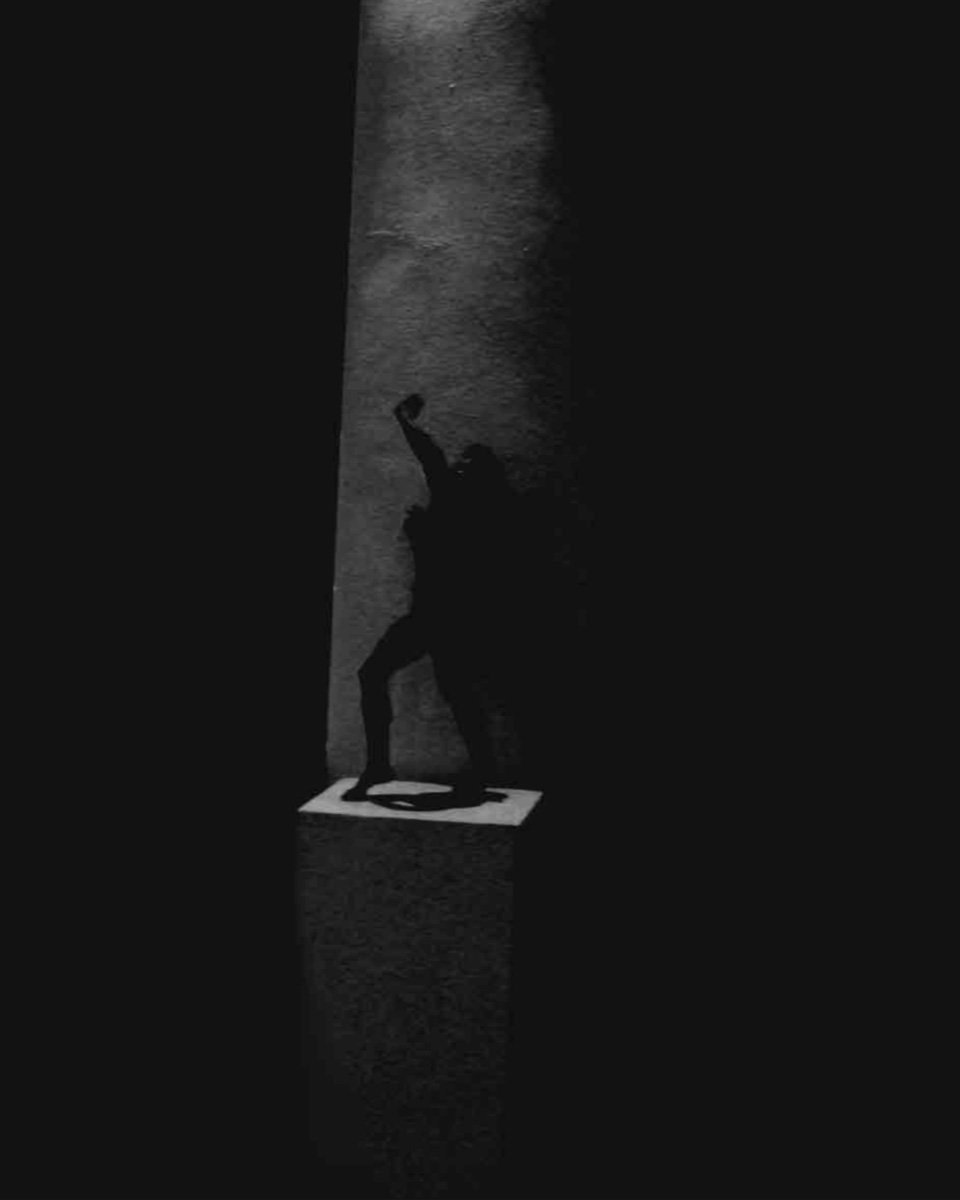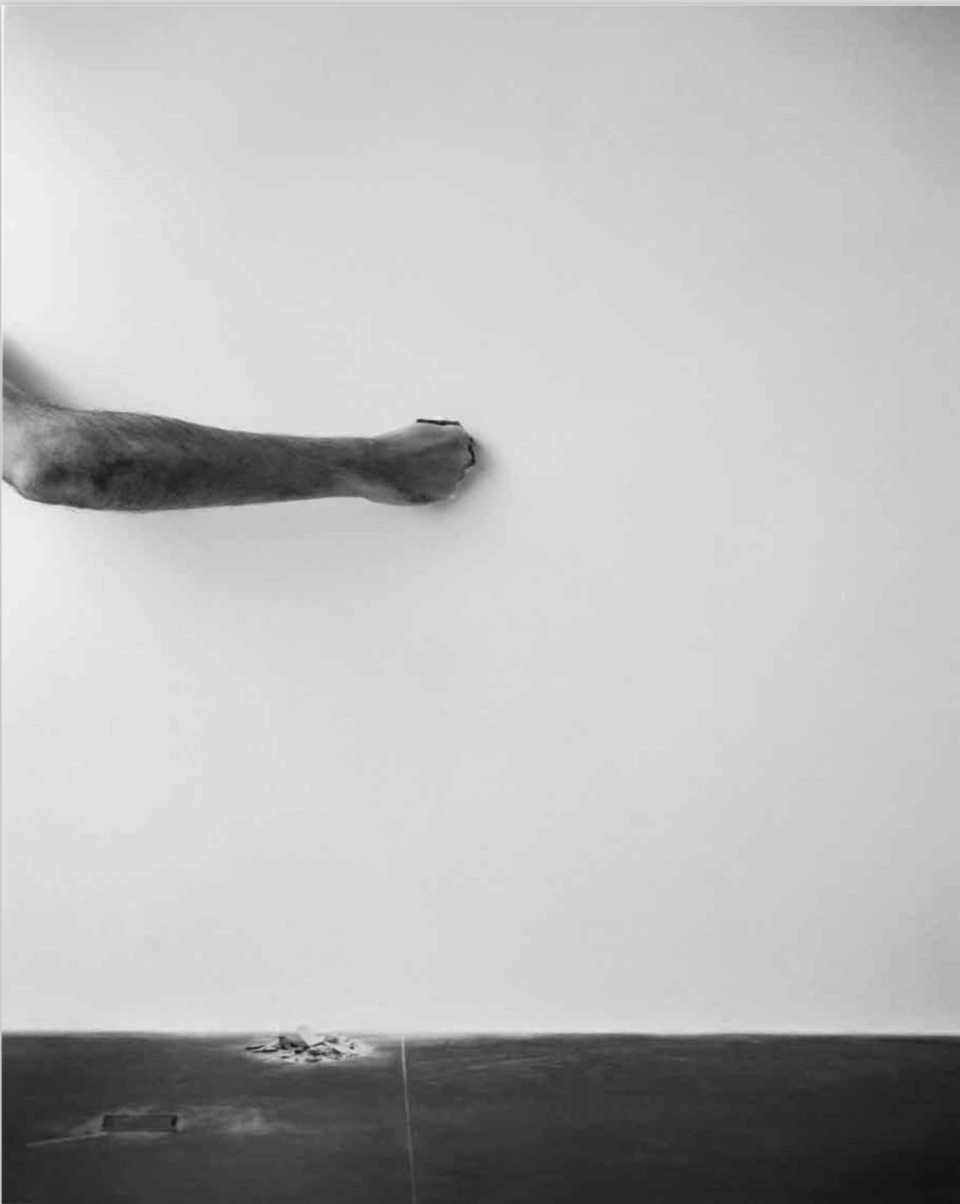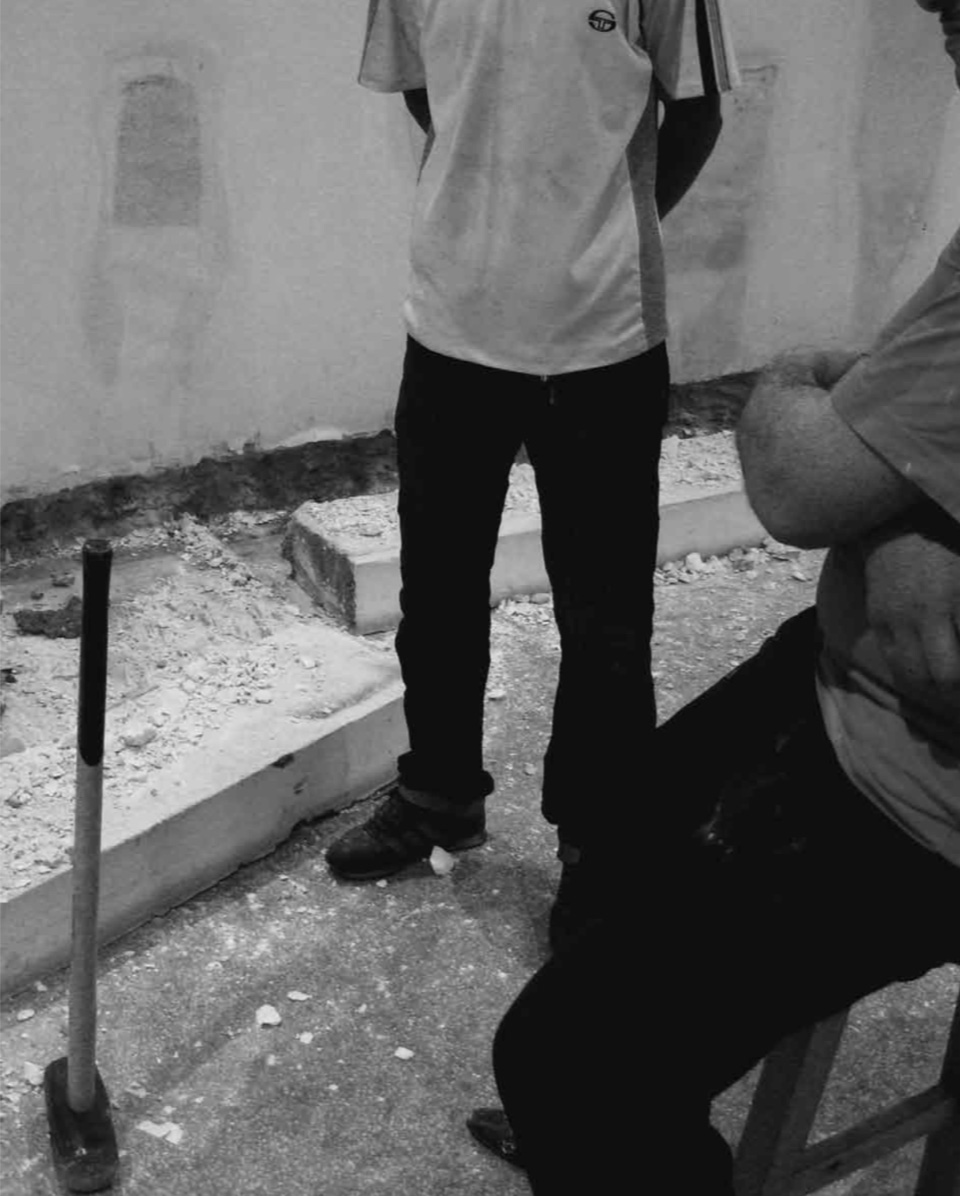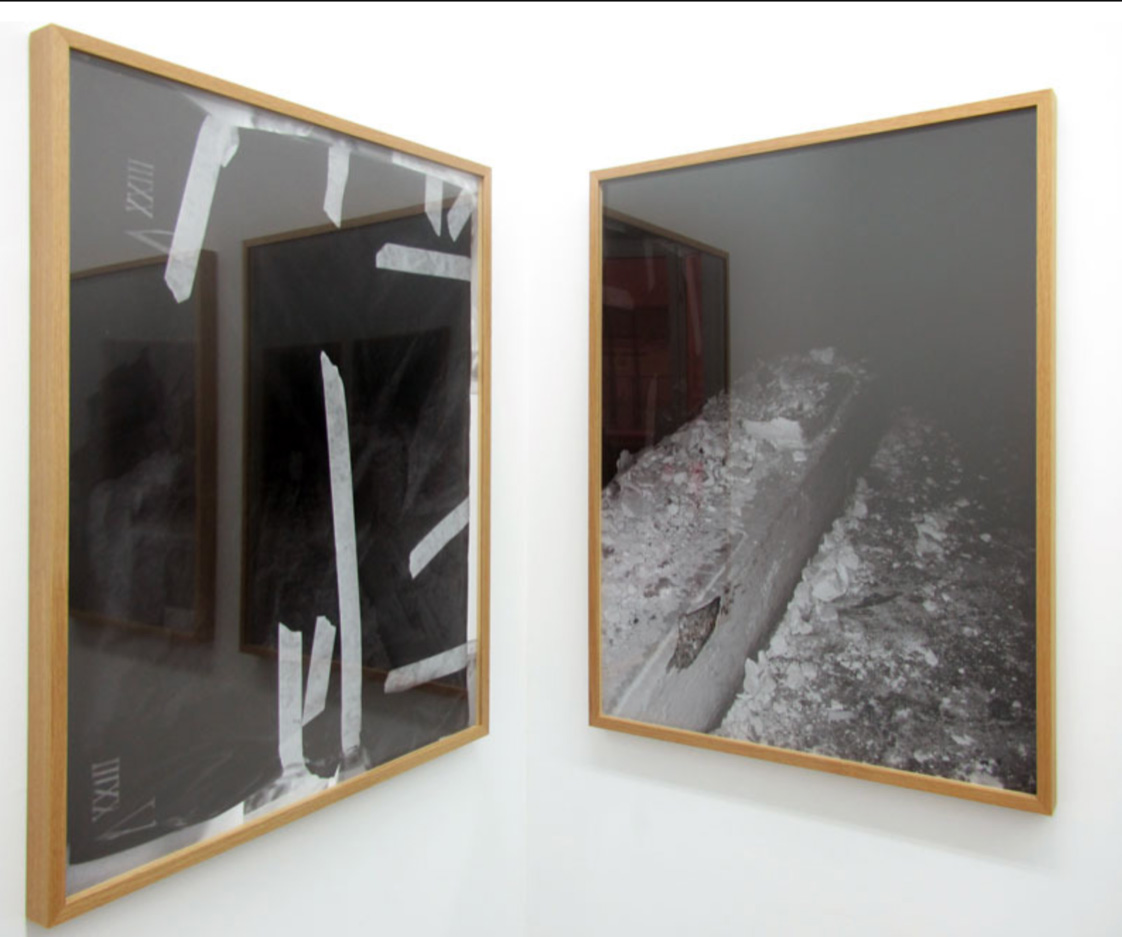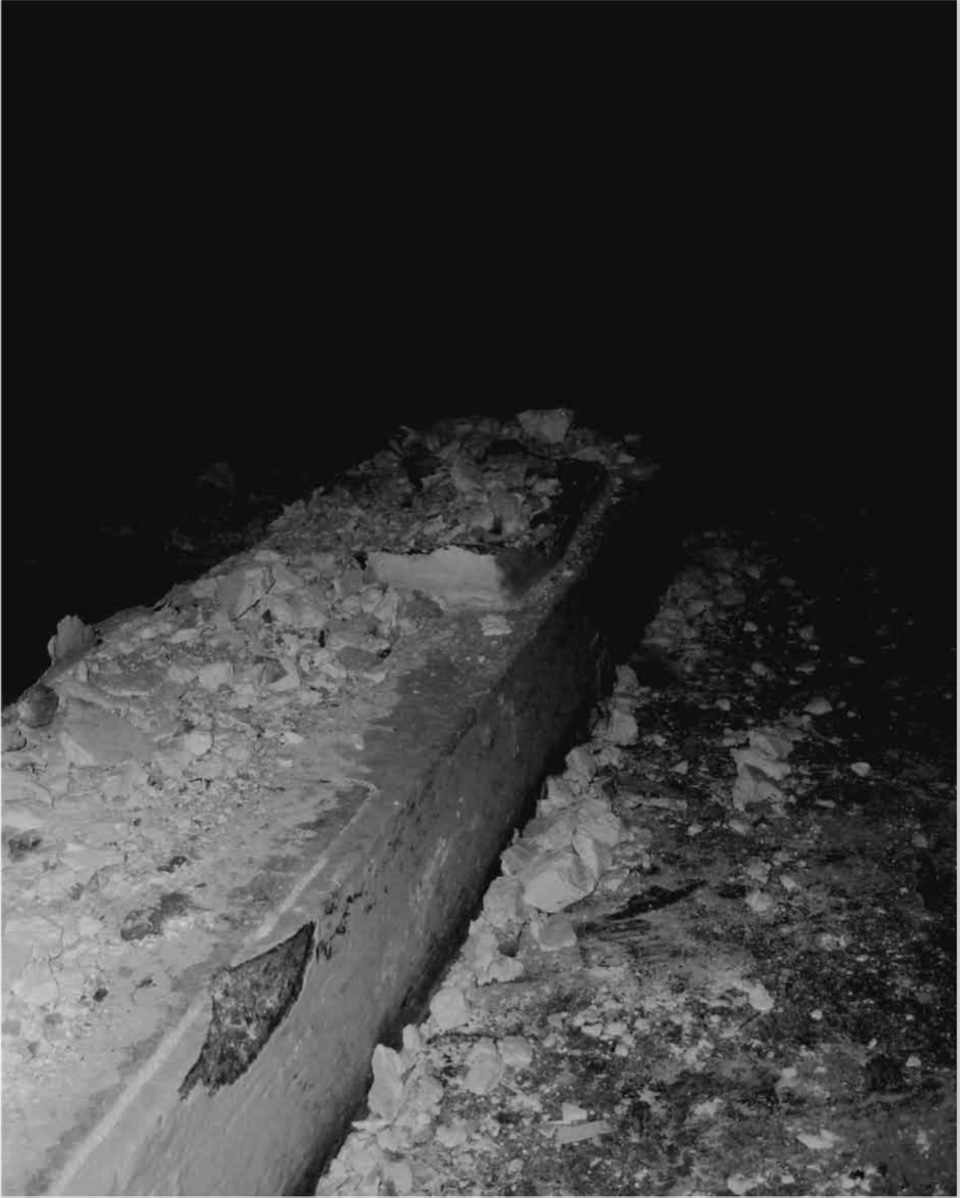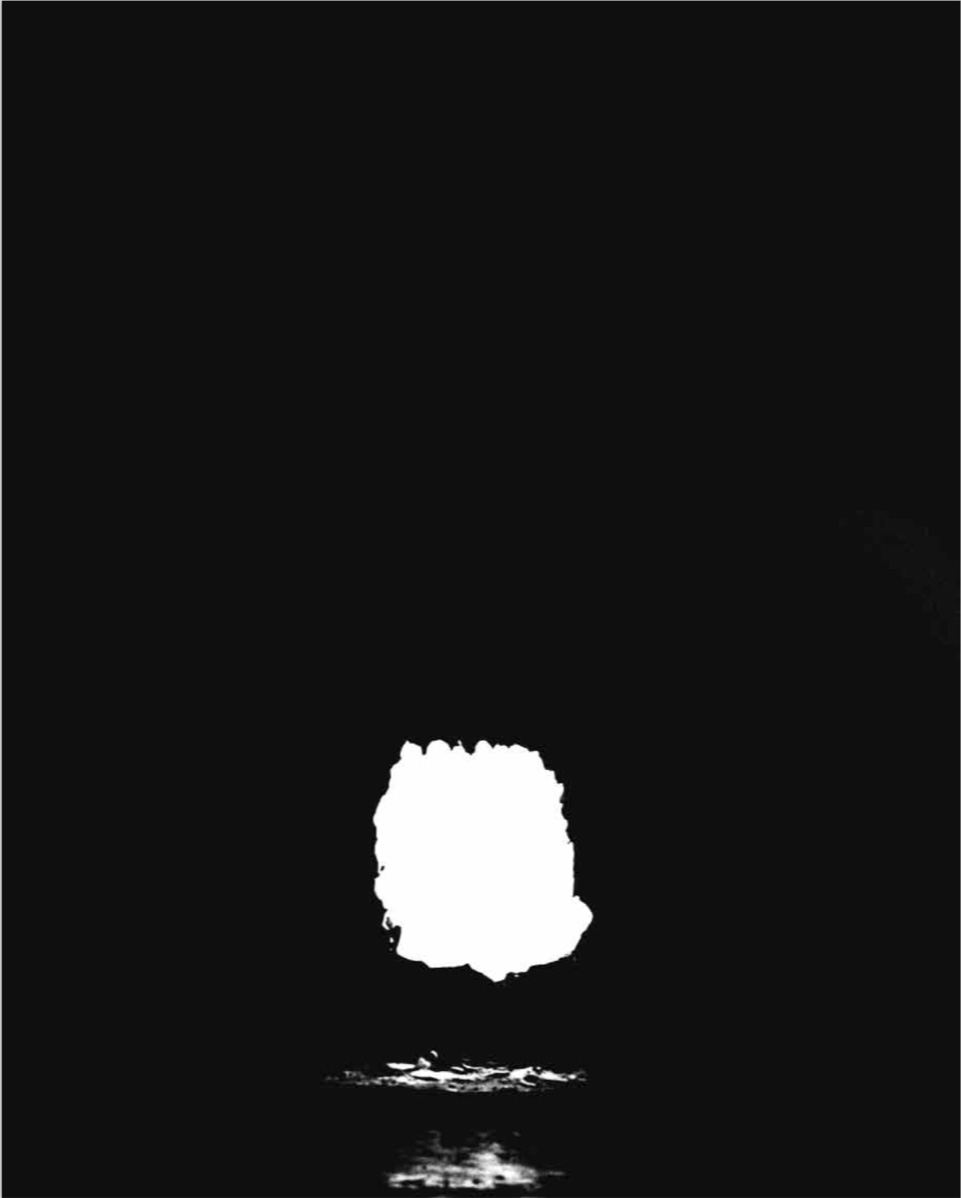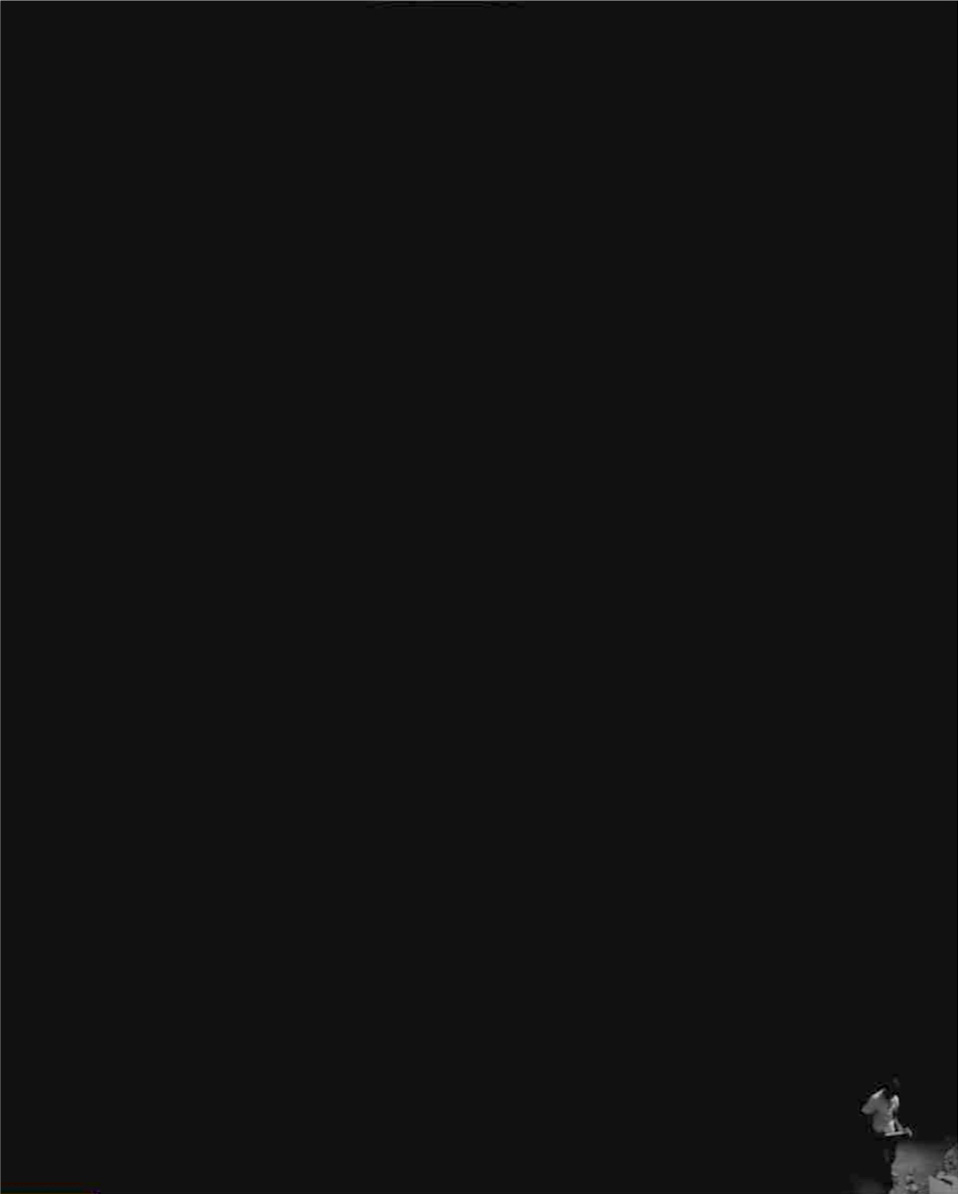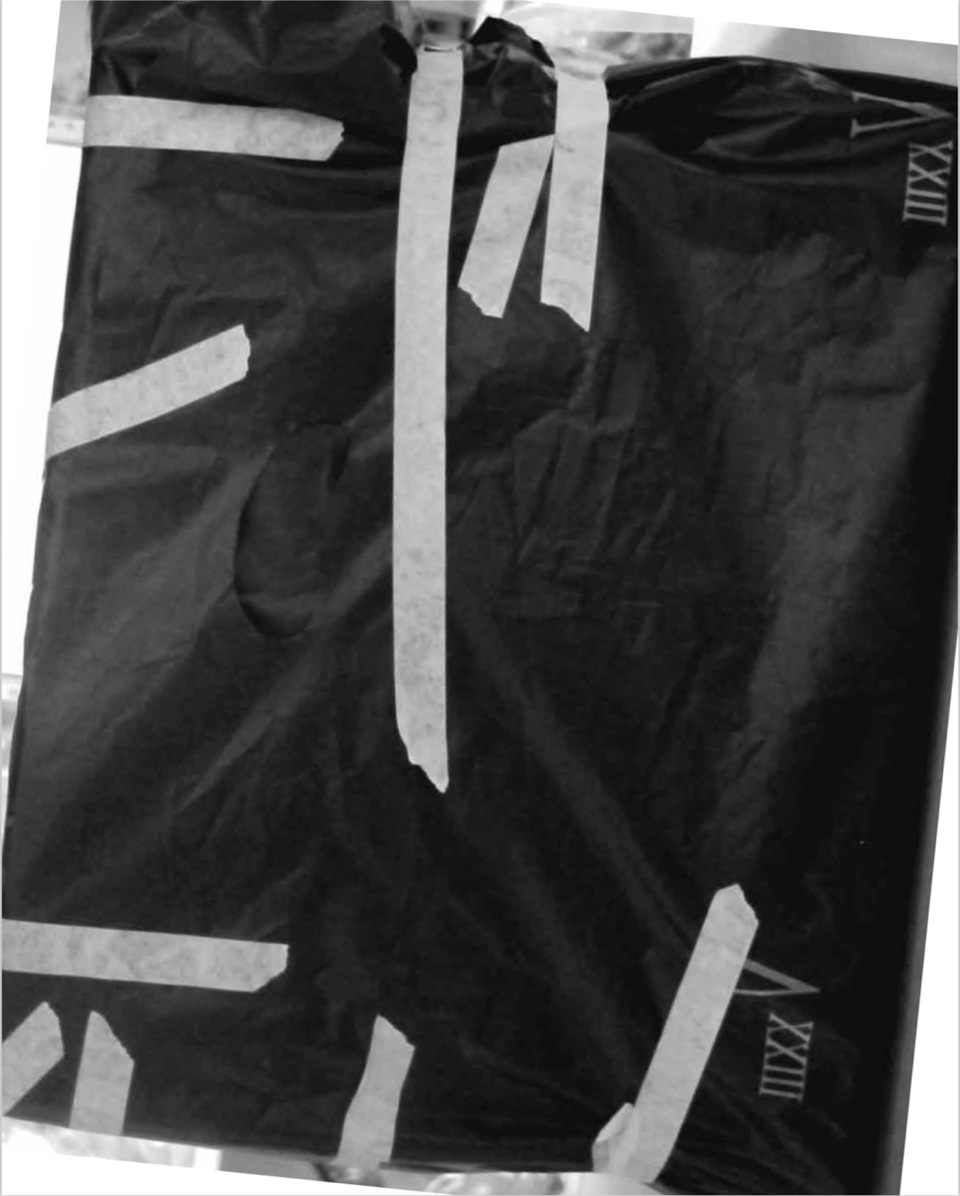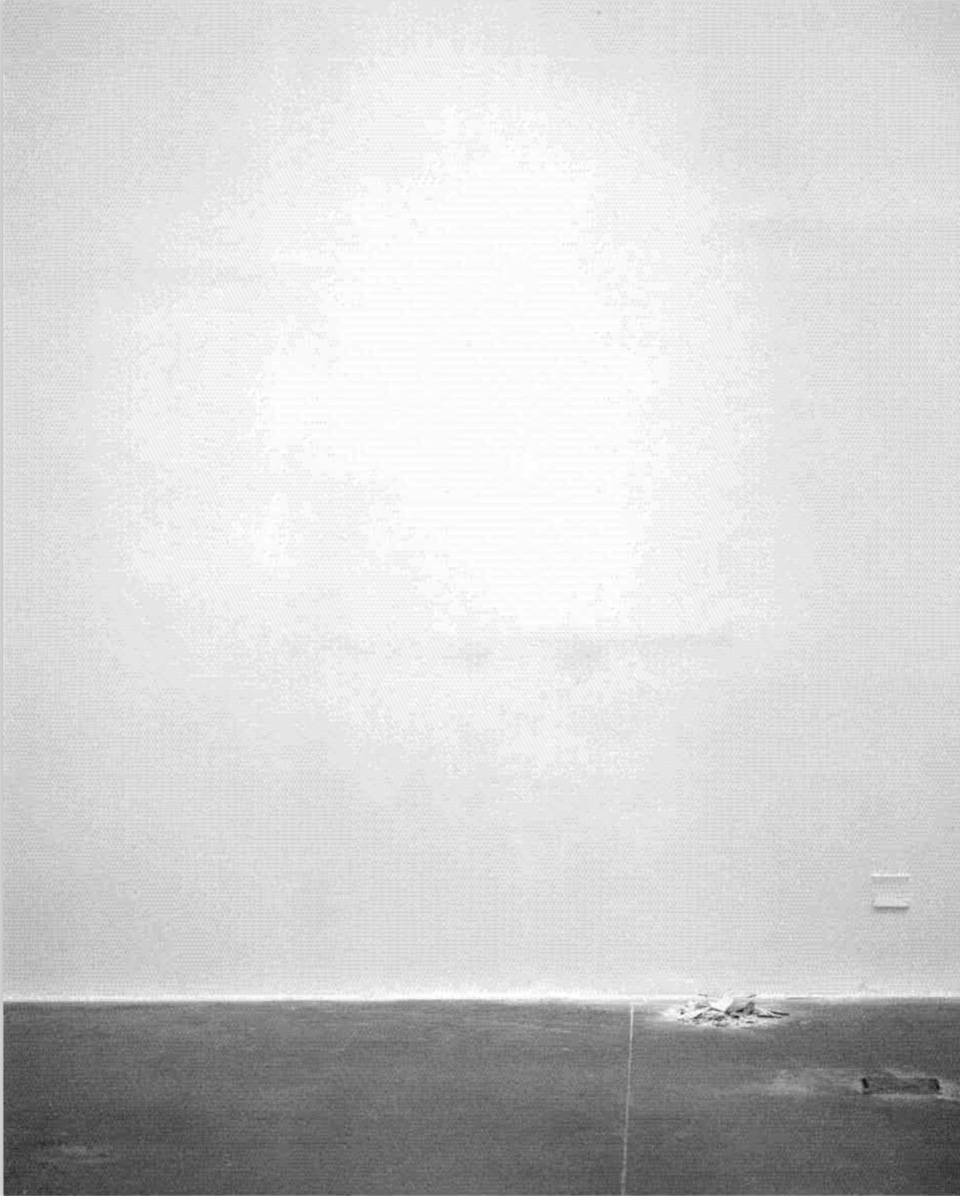The Object and its Place
2012
Photographic series
The Object and its Place comprises some of Álvaro Perdices’ most recent production: a series of photographs created using manipulated snapshots or photographic collages that had their origin in two former projects: Zabana, Inshallah and NEGADA, AbiertA y desnudA. A sample of this project was shown in our stand at ARCO 2012 and was acquired by the Coca-Cola Foundation.
The exhibition is completed with a video filmed at the École des Beaux Arts in Oran, and in which Gustave Courbet’s “Realist Manifesto” is read aloud, casting a very particular light on all these images.
The exhibition ZABANA, INSHALLAH (Zabana, if Allah wills) comprises a two-years term project starting in the Summer 2009, when Perdices participated in a technical project for the Ahmed Zabana Museum (Zabana was the first martyr of Algerian independence), in Oran.
The project involved the rearrangement of the museum’s hall of archeological objects. The artist’s task was that of an intermediary between the museum’s staff and the plan for the new reading of the hall’s objects. But, rather than an intermediary, Perdices became a spectator of the dismantling process ‒by means of gestures and movements‒of an institution that was part of both an encyclopedic program and a colonial policy. “On the other hand”, as he himself has pointed out, “I discovered the Musée Ahmed Zabana shared one of its walls with the École des Beaux Arts, where Yves Saint Laurent received his first drawing lessons… By the way, even today the teaching models and the truths are still loyal to the principles of 19th century French Academy, the same ones Courbet decided to smash. The same structures, the same affectation produced by an outdated stale academicism, only now it boasts the features of a non-Western, pronouncedly Orientalist look”.
About the same time, he presented his exhibition NEGADA, AbiertA y desnudA, at the Espacio de Arte Contemporáneo in Castellón (EACC), which, according to Astrid Mania, dealt with “ambivalent power relations and the tension provoked when traditional and normative behavioral patterns are suddenly broken up”. For Juan Vicente Aliaga, Perdices attempted “to evince the ebb and flow produced between those who are part of the art system’s ruling machinery and the producers who take part on it.”
The images of this new exhibition, The Object and its Place, were generated at those two “places” (not only physical places, of course) and at the warehouse of the Natural Sciences Museum in Madrid. And even if they seem to be closer to describe “pictorial” or “conceptual” relations, they actually go far beyond. In fact, such quick quasi formal association (pictorial/ conceptual) might lead us to a comfortable identitarian standpoint, without space for resistance…
As we all know, good manners are often related to protocol and good behavior, which always provide solutions. As a response to this comfortableness, we prefer a certain form of estrangement or even silence (“a negative silence”): although the “thing” looks palpable, it is actually out of reach, out of any reach and out of any proper place.
This apprehension is partially produced by the dissolution of rules and relations between things. In other words, Perdices locates what was born as a political object (Agamben) into an apparently dull place. From the “battlefield”, the object has been put in a stage that appears to be both insubstantial and strongly meaningful.
“It seems that the place of the strange (or the ‘strange object’)”, as the artist has pointed out, “gives us back a certain pleasure/ displeasure experience that opens up internal emotions that could range from pulsional to active feelings. This “passing” goes through dark tunnels and roads that provoke tranquility out of obscurity and negativity. It’s the tranquility of living in the mystery that permits us to travel by divagations.”
The Other Place would be the place of the obtuse, the caustic, the absurd, the useless, the mistaken, the accidental. As a result, the works —these photographs— abandon their apriorism and their likely schematic approach, acquiring a new physicality as well as a new logic.
— Julián Rodriguez
